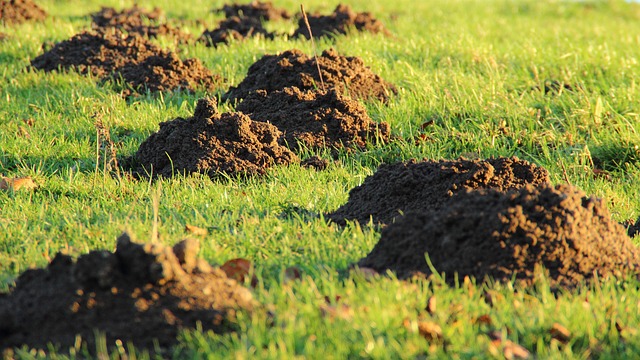Tree trimming and pruning are essential for Lawn Care and Landscaping, promoting aesthetics and tree health. Best practices involve late winter/early spring maintenance using sharp tools, removing dead or diseased branches first. Professionals offer specialized techniques, ensuring optimal tree care in complex landscapes. Integrating lawn care services with pruning provides holistic tree wellness, contributing to vibrant, indelible landscape designs. Safe and effective trimming requires proper tools, timing, and knowledge, prioritizing safety and mimicking natural branch shapes for clean cuts.
Tree trimming and pruning are essential practices for maintaining healthy and vibrant landscapes. This article explores the art of tree care, providing valuable insights into understanding the benefits and best practices of trimming and pruning. We delve into the crucial role of professional lawn care services, offering expert guidance on effective tree maintenance. Additionally, discover essential tips for homeowners to ensure safe and efficient tree trimming techniques, enhancing your outdoor space with proper landscaping.
- Understanding Tree Trimming and Pruning: Benefits and Best Practices
- The Role of Professional Lawn Care Services in Effective Tree Maintenance
- Essential Tips for Homeowners: Safe and Efficient Tree Trimming Techniques
Understanding Tree Trimming and Pruning: Benefits and Best Practices

Tree trimming and pruning are essential services in lawn care and landscaping, offering numerous benefits for both aesthetic and health reasons. It involves selectively cutting branches to improve a tree’s form, size, or shape while promoting new growth. Regular maintenance through trimming removes dead, diseased, or damaged branches, reducing the risk of pest invasion and further decay. This practice also allows more sunlight and air to reach the tree’s canopy, enhancing its overall health and encouraging lush foliage development.
Best practices suggest performing these tasks at the right time of year, as different species have varying needs. For most trees, late winter or early spring is ideal, just before new growth begins. Proper tools are crucial; using sharp, clean shears ensures clean cuts, fostering faster healing. Professional services often employ techniques specific to various tree species, ensuring optimal health and longevity. This meticulous care is especially beneficial for large or complex landscapes, where expert knowledge ensures the safety of both trees and surrounding structures.
The Role of Professional Lawn Care Services in Effective Tree Maintenance

Professional lawn care services play a pivotal role in ensuring effective tree maintenance, contributing significantly to the overall health and aesthetics of landscapes. These experts bring specialized knowledge and equipment to bear on tasks that homeowners may not have the resources or expertise for. Pruning and trimming trees is a delicate art that requires careful consideration of the species, time of year, and desired shape. Professional services employ certified arborists who understand the intricate needs of various tree types, ensuring cuts are made correctly to promote new growth and prevent disease.
In addition to technical proficiency, these services offer convenience and cost-effectiveness. They handle large equipment and tools necessary for tackling tall trees or dense branches safely. Moreover, professional lawn care and landscaping encompass a holistic approach to tree care, including regular inspections, pest management, and nutrient applications, all tailored to individual tree needs. This comprehensive care extends the life of trees, enhances their natural beauty, and maintains a healthy, vibrant landscape.
Essential Tips for Homeowners: Safe and Efficient Tree Trimming Techniques

Tree trimming and pruning are essential practices in lawn care and landscaping, promoting a healthy and aesthetically pleasing yard. As a homeowner, taking on these tasks yourself can seem daunting, but with proper knowledge, it can be done safely and efficiently.
Before you begin, ensure you have the right tools for the job—this includes sharp, well-maintained pruners, loppers, and saws suitable for your tree species. Proper timing is key; aim to trim during the dormant season to minimize stress on the trees. Always be mindful of safety, wearing protective gear like gloves and eye protection. When pruning, follow the natural shape of the branch, making clean cuts just outside the growth node. Remove any dead or diseased branches first, then tackle larger branches, cutting them in stages to prevent damage. Regular, thoughtful trimming will enhance your lawn’s overall beauty and ensure your trees thrive.
Tree trimming and pruning are essential aspects of lawn care and landscaping, promoting healthy tree growth and enhancing outdoor aesthetics. By understanding the benefits and best practices, homeowners can effectively maintain their trees while professional services offer specialized knowledge and equipment for complex tasks. Armed with safe techniques and proper guidance, folks can transform their landscapes into vibrant, well-manicured spaces.
